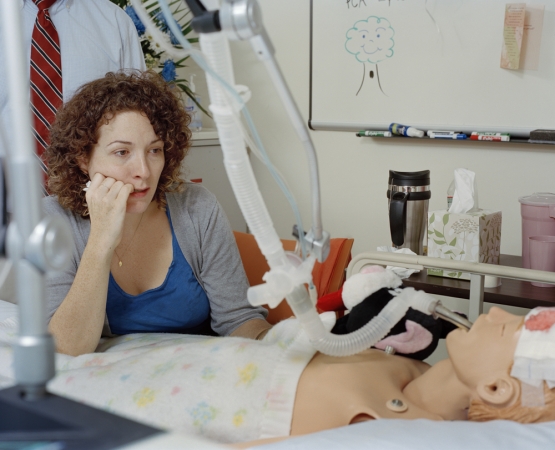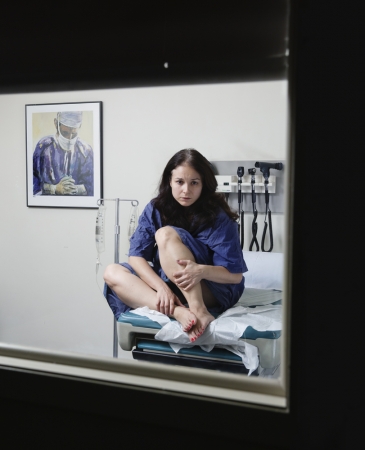 |
| SPs singing a hit song about debriefing techniques. [The Mark IV via wikimedia] |
I'm still working as an SP at a variety of programs, trying to find better ways to articulate the wonderful and awkward and invisible ways we teach communication skills to a variety of learners.
I don't have nearly as much time to write as I'd like. But reviewing some of what I wrote 5 (!!) years ago, most of it still is relevant. One of my major goals was to resolve the ambiguity and friction I felt when clarity was lacking, especially when rating "soft skills." It was highly useful to create standards for myself so I could make conscious choices when a program didn't have its own. Much of my current feedback/debrief is based on the work I did here to truly understand and articulate vague communication items and the systems in which I work. So here are some of my greatest hits, the ones that still have great influence on me and that describe the kind of details I am looking for in encounters:
Communication:
- Empathy first
- The power of the power differential
- Core value: Physical Autonomy
- Core value: Consent
- Lost in Translation
- Words to Watch
- Answering open-ended questions
- How are you today?
- Pain scales
- Communicating sincerity
- Using collaboration with patients
- You're going to be OK
- Delivering a diagnosis
- Teach back
- Wrapping up
- Time management skills
- Why "Is that okay?" is not okay
- Does that make sense?
- Uptalk?
Feedback:
- The value of student self-reflection
- Feedback hierarchy
- Feedback models: When you did X, I felt Y
- Feedback models: Feedback Sandwich
- The point of greatest vulnerability
- Yes, yes: using agreement in feedback
- Have you seen something like this before?
- Turning it around
- I would also like to write about other feedback models, like "Debriefing with Good Judgment," Advocacy/Inquiry, +/∆, PEARLS, GAS, or the Curious Empathy model (which is the model I choose when I have a choice).
Exams:
- Neuro exam checklist
- HEENT checklist
- Abdominal exam checklist
- Strength testing
- Ungowning instructions
- Depression
Work environments:
- Herding cats: scheduling SP jobs
- Irregular standards: working at multiple schools
- Irregular standards: getting paid
- Irregular standards: training
- Irregular standards: SP discipline
- Case preparation
- Modesty & invasiveness in SP encounters
Profession:




